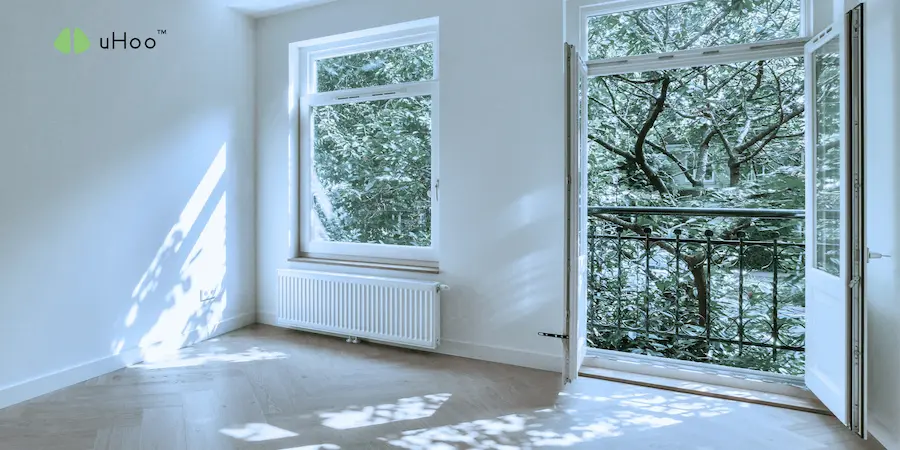The goal of ventilation is to bring in clean outdoor air and expel stale indoor air, diluting pollutants like VOCs, CO2, and some allergens. However, this delicate balance can be easily disrupted. When problems with over-ventilation arise, they can make your home less comfortable, less efficient, and less healthy.
The Problems with Over-Ventilation Unpacked
- Bringing in Outdoor Pollutants: Our outdoor air, especially in urban areas like Metro Manila, is not always pristine. Over-ventilation can actively pull in particulate matter, pollens, allergens, odor, and smoke, to name a few things.
- Humidity Imbalance: In a tropical climate, this is arguably the biggest culprit among the problems with over-ventilation. Excessively bringing in humid outdoor air (especially during rainy seasons or hot, sticky days) will drastically increase your indoor relative humidity. This fuels mold and mildew growth, dust mite proliferation, and material damage.
- Energy Waste and Increased Utility Bills: Uncontrolled air exchange means your HVAC system has to work much harder. In hot, humid weather, your air conditioner will constantly battle to cool and dehumidify the continuous influx of warm, moist air. In cooler periods, heated air would quickly escape. This translates directly to significantly higher electricity consumption and inflated utility bills.
- Compromised Security: Simply leaving windows and doors open for extended periods, especially in accessible areas, can pose a security risk, particularly in densely populated urban environments.
- Noise Pollution: Opening windows in a busy urban setting often means inviting street noise, disrupting peace and quiet inside your home.
The concept of “fresh air” is beneficial when it’s controlled and appropriate for the external conditions. However, the problems with over-ventilation highlight that a blanket approach can be counterproductive. Balancing outdoor air intake with indoor air quality needs requires a nuanced strategy, considering both what’s inside and what’s outside your home.
To precisely understand your home’s unique ventilation needs and avoid the problems with over-ventilation, a uHoo air quality monitor can be an invaluable tool. By providing real-time data on indoor and outdoor pollutant levels, humidity, and CO2, uHoo helps you make data-driven decisions on when and how much to ventilate, ensuring your efforts truly enhance, rather than harm, your indoor environment.



